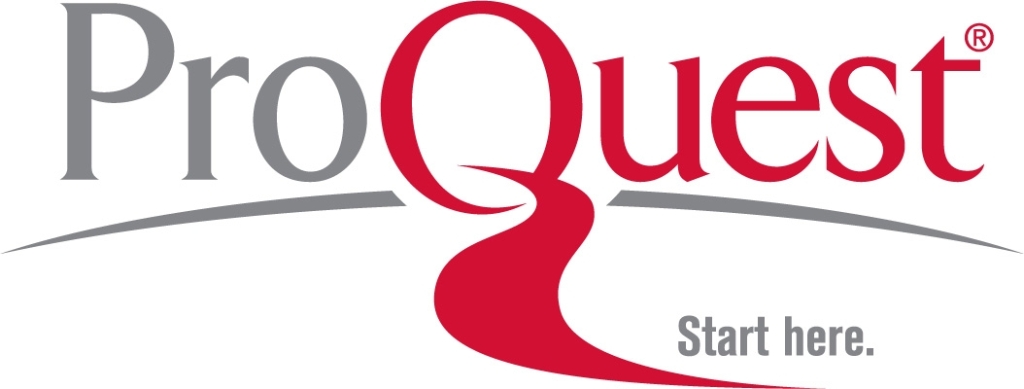Abstract
Humor in adolescence functions as a support for psychological, cognitive and social skills; such as coping with anxiety, increasing efficency of learning and monitoring social relations. Various scales are developed to investigate when and how humor is used. In this study, Adolescence Humor Scale (AHS), which aimed to measure the use of humor in cognitive, psychological and social domains during adolescence, was developed and applied on 428 subjects in 6th, 7th and 8th grades. The original scale included 44 items however after factor analysis, overlapping items and items with low factor loadings were excluded. At the end of the procedure, the total number of items on the scale was reduced to 35. Factor analysis demonstrated that the scale had three components: Component 1 included the use of humor for supporting the efficiency of cognitive processes like attention, learning and memory; Component 2 included the use of humor for improving communication/interaction with the group and opposite sex; and Component 3 included the use of humor to cope with anxiety, fear and overcome with unhappiness. The Cronbach-Alpha coeffiecient of the AHS was found to be .8924.
Keywords
Humor, adolescence, humor scale







